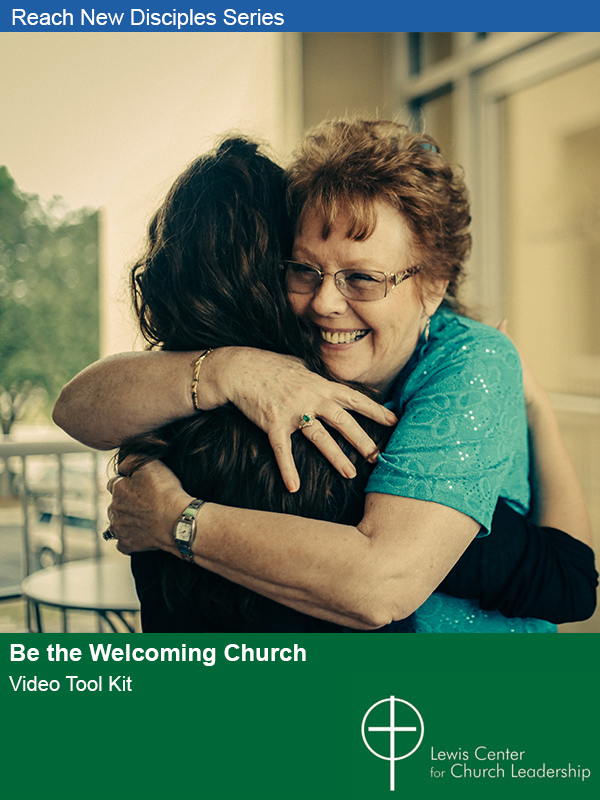The demographic makeup of localities across the U.S. is rapidly diversifying. Some predominantly white congregations perceive this as a challenge or even a threat. But Lovett H. Weems Jr. suggests it can be an opportunity for them to make a positive difference as “hosts for Christ” welcoming newcomers to their communities.
Whitney M. Young Jr., a civil rights leader and executive director of the National Urban League, used to say that “liberalism tends to grow with one’s distance from the issue.” We know that has been true of attitudes toward race. Tolerance tends to decrease as the size of any minority, racial or otherwise, increases proportionately. Sometimes this is talked about as a “tipping point” where an increase in the minority populations will cause the majority population to leave the community or the schools. While this is a complex subject and does not function in the same way in all places, there is still evidence of such majority resistance.
We like to think that we could never behave in such a way. We have learned sadly in recent history that normally “good” people can respond to threatening change in terrible ways. A veteran of many struggles against racism and discrimination puts it well, “People everywhere react in similar ways when change comes too close.”
The 2020 Census Report makes clear that major change is coming to the demographics of the United States. For the first time, the white population declined slightly while all the population growth came from people of color. The new racial diversity is no longer concentrated by regions and metropolitan areas alone. It is widespread and impacts most counties in the country.
Some predominantly white communities (and churches) see such increasing diversity as a threat. It may well be if everything continues as before based on the assumptions of a population makeup that no longer exists. However, this could be one of the most profitable times for predominantly white churches to contribute to the public good and at the same time serve their churches well.
When communities become more racially diverse
Research tells us some of the things that typically happen when communities become more racially diverse. In a journal article, “The Pitfalls and Promise of Increasing Racial Diversity,” three scholars review the literature of white response to racial diversification and offer their findings.
Dilemma. The growth of minority populations and even the anticipation of such growth is perceived as threatening to the current status of whites as the dominant racial group in the country. There is considerable evidence that whites’ proximity to larger minority populations is associated with greater perceived threat, more racial bias, and less support for racial inclusion than whites living in areas with smaller minority populations.
Opportunity. Despite such findings, there is also research suggesting that if increased diversity also increases the frequency of positive contact between members of majority and minority groups, it can facilitate positive attitudes. Ideal conditions for such interaction include equal status, common goals, and support of leaders. For example, there may be greater prejudice at the metro level but at the neighborhood level (where positive contact is more likely), ethnic diversity predicted lower prejudice levels. As the authors put it, “Sustained contact that yields friendships, then, may be particularly potent for inoculating against feelings of threat and anxiety, and promoting positive attitudes.”
Churches can make a difference.
Predominantly white congregations can make a difference for their churches, communities, and nation. Newcomers to a community, especially those that may be different from the majority, are merely the latest people God has given us to bless and help. Think of yourself as a host for Christ to those who arrive. For the host, the most important person is always the stranger or newcomer. Diverse new neighbors may have an interest in your church, but they may as likely connect with another church or no church at all. You are still in a position of leadership within your community from which you can reach out to other congregations and community organizations to ask how together you can provide occasions for those positive human connections so important in helping our communities and nation make the successful transition to a more diverse and inclusive society.
Yes, there will be resistance as the research indicates, but your church has a different perspective out of which you work when you are at your best. As the researchers point out, your efforts at cultivating positive human encounters across racial divides in your community “can buffer, and potentially completely reverse, these more racially exclusionary impulses and orientations.”
Related Resources
- What Might the 2020 Census Mean for Churches? by Lovett H. Weems Jr.
- Diverse Congregations Are Stronger Congregations by Faith Communities Today
- Preparing for the Shift by Doug Powe







